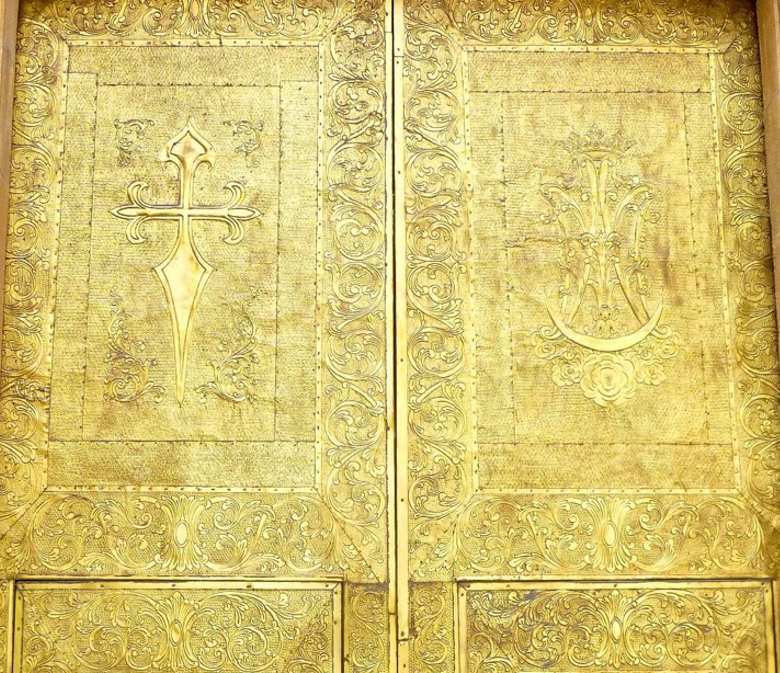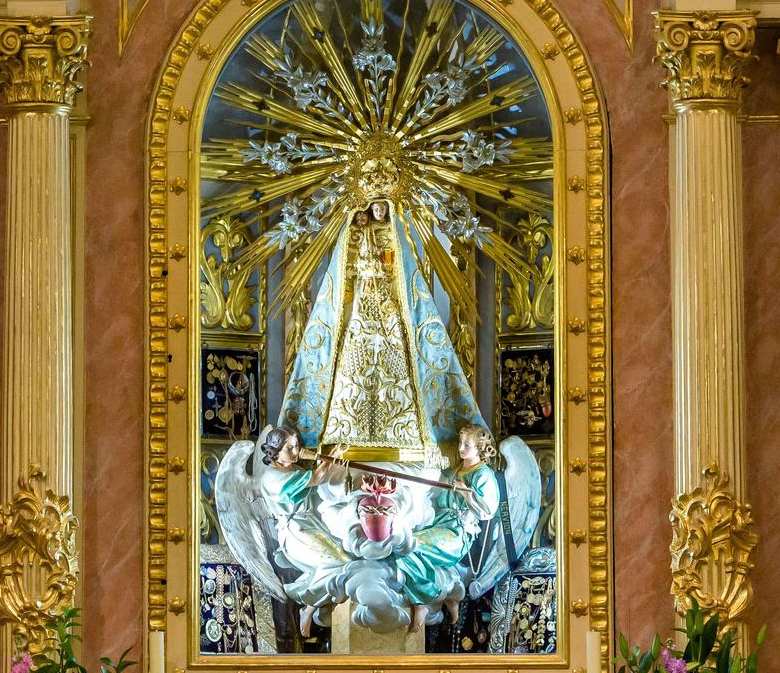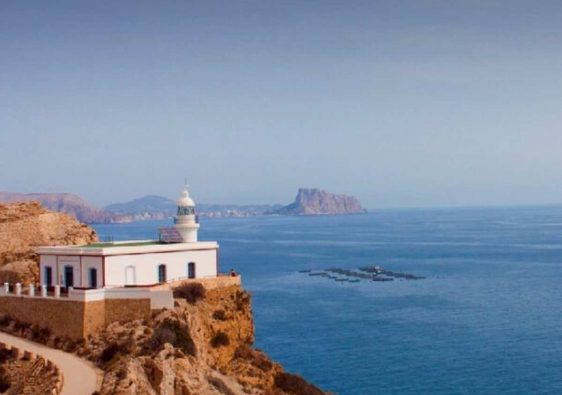Introduction
Originating in the 14th century as a modest fishing village, Benidorm’s Old Town exuded a simple charm against the backdrop of the azure sea. Its inhabitants thrived on the bounty of the Mediterranean, leading a fulfilling life deeply intertwined with the ebb and flow of the tides. The labyrinthine layout of the Old Town, designed as a deliberate defence against marauding pirates, still echoes the essence of its bygone era, providing a glimpse into the village’s modest origins.
The journey of Benidorm’s Old Town from a quaint fishing village to a bustling cultural centre was a gradual but remarkable transformation. In the mid-20th century, the burgeoning tourism industry brought a wave of visitors to the region, shining a spotlight on the timeless allure of the Old Town. Despite the rapid modernization and development that swept through the city, the Old Town managed to preserve its authentic character, becoming a beacon for those seeking insight into Benidorm’s rich history.
Today, Benidorm’s Old Town stands as a vibrant living tapestry, interweaving the threads of its past and present.
Church San Jamie
Standing proudly in the heart of Benidorm’s Old Town, the San Jaime Church is a timeless testament to the rich historical and architectural heritage of the region. As we delve into its past, we unearth a captivating narrative of resilience, transformation, and enduring significance that has shaped this iconic landmark.
The San Jaime Church, dedicated to the patron saint of Benidorm, is a Neoclassical building situated at the top of the Old Town on a hill called Canfali. Built between 1740 and 1780, the church features a distinctive blue Mediterranean dome, adding to its architectural allure. The church holds a statue of the Virgen del Sufragio, the beloved patron saint of Benidorm, inside her own small chapel. According to the folklore, the little wood sculpture of the Virgin was discovered on a boat adrift on the high seas, adding an element of mystique and reverence to the church’s interior.

A Testament to Time: Architectural Evolution
The San Jaime Church underwent significant architectural transformations over the centuries, each phase leaving an indelible mark on its identity. In the mid-19th century, the church was expanded and renovated in the Neoclassical style, enhancing its grandeur and visual appeal. The fusion of architectural influences, from Baroque to Neoclassical, resulted in the creation of a structure that exudes timeless elegance and historical significance.
The church’s architectural layout includes a Latin cross design with a central nave and small side chapels, with a hemispherical dome standing above the crossing. The exterior showcases a simple white-painted image with blue-glazed tiles covering the domes, a typical feature of churches in the region.
Enduring Adversity: The Spanish Civil War
The tumultuous period of the Spanish Civil War in the late 1930s cast a shadow of uncertainty over the San Jaime Church. The church suffered damage during this turbulent time, yet emerged as a symbol of resilience and fortitude, a testament to the unwavering faith of the community. The subsequent restoration efforts not only revived the physical structure but also reinforced the emotional and spiritual significance of this revered sanctuary.
Embracing Modernity: Restoration and Preservation
In recent decades, concerted efforts have been made to preserve and restore the historical integrity of the San Jaime Church. The meticulous conservation endeavours have ensured that the church remains a living embodiment of the region’s cultural and architectural legacy. The preservation of its ornate façade, majestic bell tower, and sacred interior serves as a homage to the enduring importance of this iconic edifice.

A Beacon of Heritage: Present Significance
Today, the San Jaime Church stands as a beacon of heritage, welcoming visitors to witness its timeless allure and profound historical resonance. Its role transcends that of a mere architectural marvel, serving as a testament to the enduring faith, resilience, and cultural identity of the community.
In November, the major holidays of Benidorm are celebrated in honour of St. James (San Jaime) and Our Lady of Suffrage at the San Jaime Church. This celebration includes the staging of the discovery of the Virgin, an event that holds historical significance dating back to 1740. The recent restoration has renovated the building envelope and the frescoes of the vault, ensuring the preservation of its cultural and historical significance.
The church’s location near the Punta Canfali Lookout adds to its scenic charm, and it plays a central role in the town’s religious and cultural festivities. The Feast of the Patron Saint in November, Easter Week, and the Feast of St. James and St. Anne are among the important religious celebrations staged at the San Jaime Church, emphasizing its pivotal role in the town’s cultural tapestry.
Conclusion
In conclusion, the San Jaime Church stands as a living chronicle of Benidorm’s history, a testament to the fortitude of its people and the enduring significance of architectural heritage. Its evolution over the centuries, shaped by key dates and events, reflects the spirit of a community that has navigated through adversity, transformation, and preservation. As we unravel the historical and architectural significance of the San Jaime Church, we are reminded of its timeless legacy, an integral part of the cultural tapestry that defines Benidorm’s Old Town.



